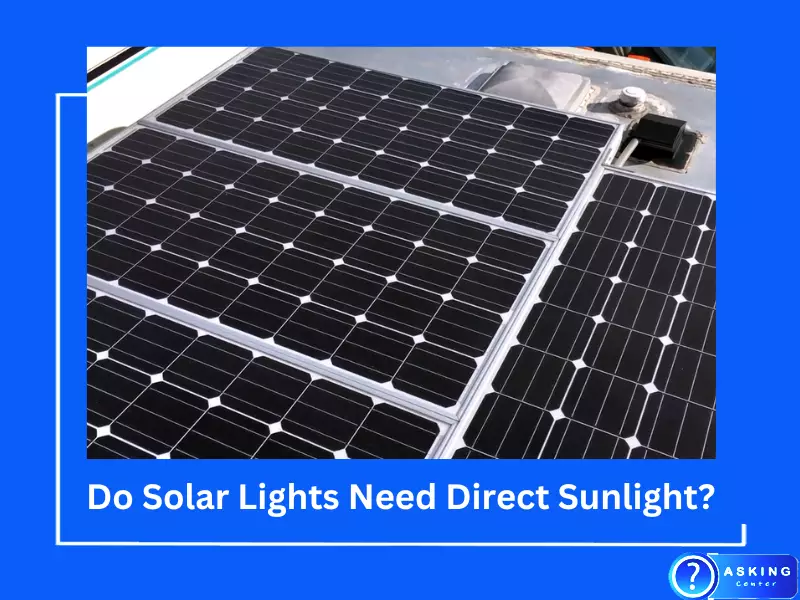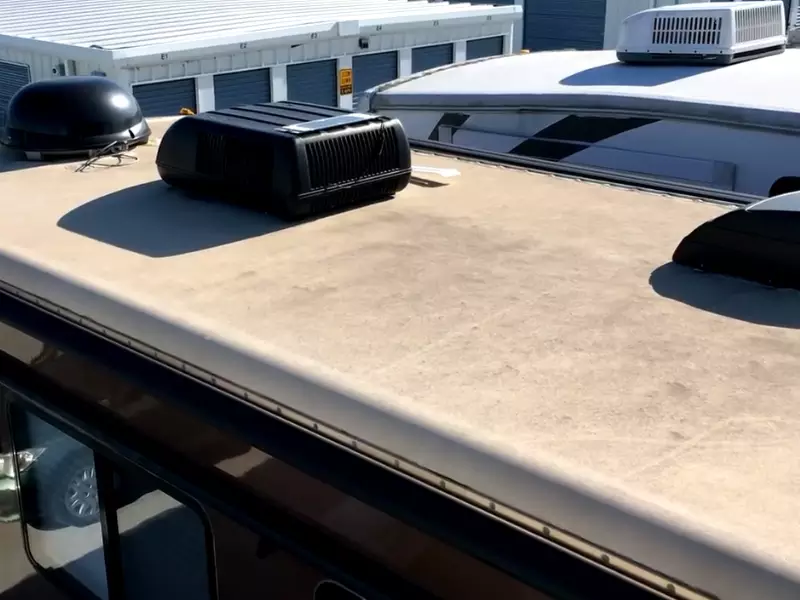Solar lighting technology has revolutionized the way we light up our outdoor spaces. Using energy from the sun, they offer an eco-friendly and economical alternative to traditional lighting. These devices, simple in their design yet efficient in their function, have become an increasingly popular choice for homeowners and businesses alike.
Solar lights do indeed need sunlight to function optimally. The sun’s energy is harnessed by the solar panel and converted into electricity, which powers the light. The more direct sunlight the solar panel receives, the more energy it can produce, leading to brighter and longer-lasting illumination.
Venturing into the world of solar lighting, however, requires a comprehensive understanding of these devices. This includes knowing how they work, where to install them for maximum sunlight exposure, and how to maintain them for sustained performance. Let’s delve into the science of solar lights and explore how to get the most out of your solar lighting system.
The Science of Solar Lights
Solar lights operate by converting sunlight into electrical energy. This process is known as photovoltaic effect. The solar panel, which is a critical component of a solar light, contains photovoltaic cells. These cells absorb sunlight during the day and convert it into electricity. This electricity is stored in a rechargeable battery for use when the light is needed, typically during the evening or night hours.

Why Direct Sunlight Works Best For Solar Lights
The performance of solar lights largely depends on the intensity of sunlight they receive. Direct sunlight provides the highest light intensity, which is crucial for the photovoltaic cells to generate sufficient electricity.
Peak Sun Power refers to the period when the sun is at its highest point in the sky, usually around noon. This is when solar lights can absorb the most sunlight and produce the most energy.
However, obstacles such as buildings, trees, or shadows can block sunlight and affect solar light performance. Therefore, it’s important to position your solar lights in an area with minimal obstructions.
Finally, Peak Power is the maximum power a solar panel can produce under ideal sunlight conditions. Achieving peak power requires optimal placement of the solar light and unobstructed sunlight exposure.
Optimal Conditions for Solar Lights
Solar lights perform best when they receive around 8 to 10 hours of direct sunlight each day. Weather conditions also play a significant role. For instance, during cloudy or rainy days, the intensity of sunlight reaching the solar panels reduces, leading to less energy production.
What to Consider When Installing Solar Lights?
When installing solar lights, consider their Lumens Power Ratings. Lumens measure the brightness of the light produced. Higher lumens indicate brighter light.
Understanding the different Types of Solar lights and their uses can also influence your choice. Some options include path lights, spotlights, and decorative lights.
Considering the Size and Coverage of solar lights is important too. Large areas might require solar lights with a wider illumination range.
Finally, check for Weather Resistance and Durability. Solar lights should withstand various weather conditions and last for several years.

How to Select Mounting Locations for Solar Lights
Consider the Sun Path to ensure your solar lights receive maximum sunlight. Pole-Mounted solar lights are often adjustable and can be positioned to face the sun directly.
However, the Angle at which the solar panel faces the sun also impacts energy absorption.
Ground-Mounted lights are easy to install and move around, but their position at a lower level may limit sunlight exposure.
The Role of Sunlight in Solar Light Efficiency
The intensity of sunlight directly influences solar light performance. While they can work with indirect sunlight, the brightness and duration of the light can be significantly reduced. In areas with limited sunlight, positioning the solar lights strategically or using high-quality solar panels can help optimize performance.
How To Maintain Your Solar Lights For Optimal Performance
Proper maintenance extends the lifespan and efficiency of your solar lights. Routine Check-ups and Cleaning of the solar panels can prevent dust and debris from blocking sunlight.
During winter, it’s crucial to follow certain Winter Maintenance Tips like wiping off snow from the solar panels.
Troubleshooting Common Issues, such as dim lights or shorter operation time, can keep your solar lights in prime condition.
If issues persist, Seeking Professional Help can prevent further damage and costly repairs.
What Are The Best Rechargeable Batteries To Consider?
The battery is as important as the solar panel in a solar lighting system. Batteries with a long life and high performance can provide consistent power to the light. Look for reputable brands that offer durable, long-lasting, and efficient batteries.
Conclusion
The relationship between solar lights and sunlight is a fascinating one. By understanding how solar lights work and how sunlight affects their performance, you can make the most of your solar lighting system. With careful positioning and diligent maintenance, your solar lights can offer you reliable, eco-friendly illumination for many years.

